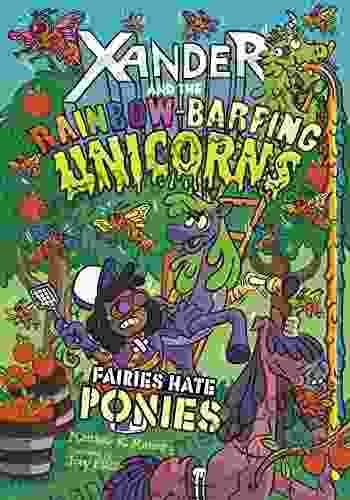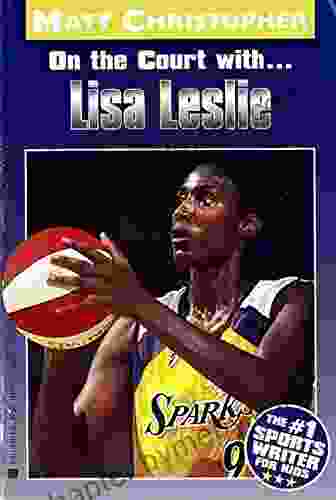Strategies for Teaching Middle and High School Students: A Comprehensive Guide for Educators

: The Art of Inspiring Adolescent Learners
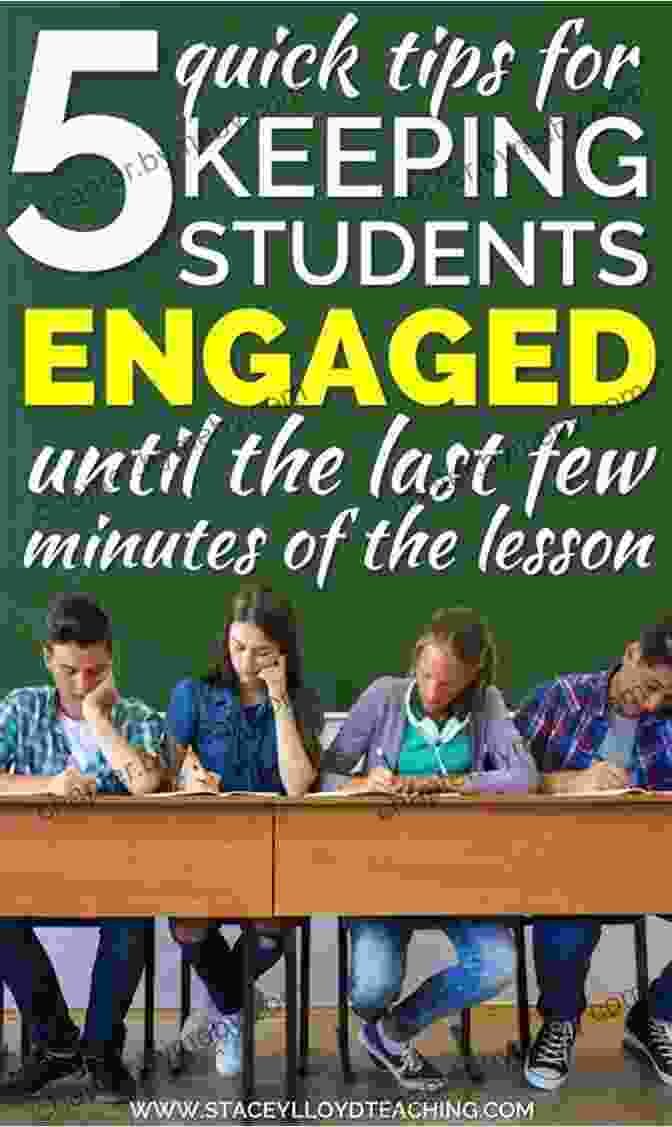
4.7 out of 5
| Language | : | English |
| File size | : | 1649 KB |
| Text-to-Speech | : | Enabled |
| Screen Reader | : | Supported |
| Enhanced typesetting | : | Enabled |
| Word Wise | : | Enabled |
| Print length | : | 215 pages |
Teaching middle and high school students presents a unique set of challenges and opportunities. These years are marked by rapid cognitive development, emotional growth, and social transformation. As educators, it's crucial to embrace innovative and effective teaching strategies that cater to the diverse needs of our students.
This comprehensive article delves into the pedagogical approaches and techniques that have proven successful in engaging middle and high school students, fostering critical thinking, and cultivating lifelong learners. We'll explore differentiated instruction, collaborative learning, technology integration, and classroom management strategies that empower educators to create dynamic and inclusive learning environments.
Chapter 1: Differentiating Instruction for Diverse Learners
Every student comes to the classroom with unique strengths, needs, and learning styles. Differentiated instruction recognizes this diversity and provides tailored learning experiences that meet the individual needs of all students.
- Flexible Grouping: Create flexible learning groups based on students' interests, learning styles, and skill levels to facilitate targeted instruction.
- Tiered Assignments: Provide multiple versions of assignments with varying levels of difficulty and support to challenge all learners.
- Choice Boards: Offer students a range of learning activities that allow them to choose activities that align with their interests and learning preferences.
Chapter 2: Fostering Critical Thinking and Problem-Solving
Critical thinking is an essential skill for students to develop in Free Download to navigate the complexities of the modern world. Effective teaching strategies promote critical thinking and problem-solving abilities.
- Inquiry-Based Learning: Engage students in investigations and projects that encourage them to ask questions, analyze evidence, and draw their own s.
- Socratic Questioning: Use open-ended questions to guide students' thinking and challenge their assumptions.
- Collaborative Problem-Solving: Structure group activities where students work together to solve real-world problems, fostering communication and teamwork.
Chapter 3: Harnessing Technology for Engaged Learning
Technology has become an indispensable tool in education. By integrating technology effectively, educators can enhance student engagement, personalize learning, and prepare students for the digital age.
- Interactive Whiteboards: Use interactive whiteboards for immersive lessons, interactive simulations, and collaborative note-taking.
- Virtual Learning Platforms: Utilize online platforms to provide students with access to online resources, assessments, and communication tools.
- Educational Games: Incorporate educational games that make learning fun, motivate students, and reinforce concepts.
Chapter 4: Establishing Effective Classroom Management
A well-managed classroom creates a positive and productive learning environment where students feel respected, supported, and safe. Effective classroom management strategies promote student engagement and minimize distractions.
- Clear Expectations: Establish clear rules and procedures at the beginning of the year and communicate them to students consistently.
- Positive Reinforcement: Use rewards, recognition, and praise to reinforce positive behaviors and encourage student effort.
- Discipline Strategies: Implement fair and consistent discipline strategies that focus on addressing the behavior, not the student.
Chapter 5: Cultivating Lifelong Learners
The ultimate goal of education is to cultivate lifelong learners who possess the skills, knowledge, and motivation to continue learning throughout their lives. Effective teaching strategies foster a love of learning and inspire students to pursue their passions.
- Project-Based Learning: Engage students in real-world projects that allow them to apply their knowledge and skills in meaningful ways.
- Authentic Learning Experiences: Provide students with opportunities to connect their learning to real-world situations and solve authentic problems.
- Inquiry-Driven Teaching: Empower students to ask questions, investigate topics, and develop their own understanding of the world.
: Empowering Students for Success
Teaching middle and high school students is a rewarding and challenging endeavor. By embracing innovative teaching strategies, differentiating instruction, fostering critical thinking, harnessing technology, establishing effective classroom management, and cultivating lifelong learners, educators can create dynamic and engaging learning experiences that empower students for success.
The strategies outlined in this article provide a comprehensive toolkit for educators to ignite student passion, nurture their intellectual development, and prepare them for the challenges and opportunities of the future.
Empowering our students with the skills, knowledge, and confidence they need to succeed is not only our duty as educators, but a transformative investment in the future of society.
4.7 out of 5
| Language | : | English |
| File size | : | 1649 KB |
| Text-to-Speech | : | Enabled |
| Screen Reader | : | Supported |
| Enhanced typesetting | : | Enabled |
| Word Wise | : | Enabled |
| Print length | : | 215 pages |
Do you want to contribute by writing guest posts on this blog?
Please contact us and send us a resume of previous articles that you have written.
 Book
Book Novel
Novel Page
Page Chapter
Chapter Text
Text Story
Story Genre
Genre Reader
Reader Library
Library Paperback
Paperback E-book
E-book Magazine
Magazine Newspaper
Newspaper Paragraph
Paragraph Sentence
Sentence Bookmark
Bookmark Shelf
Shelf Glossary
Glossary Bibliography
Bibliography Foreword
Foreword Preface
Preface Synopsis
Synopsis Annotation
Annotation Footnote
Footnote Manuscript
Manuscript Scroll
Scroll Codex
Codex Tome
Tome Bestseller
Bestseller Classics
Classics Library card
Library card Narrative
Narrative Biography
Biography Autobiography
Autobiography Memoir
Memoir Reference
Reference Encyclopedia
Encyclopedia Michael Egan
Michael Egan Mia Kankimaki
Mia Kankimaki Robert Milton
Robert Milton Waqas Ahmed
Waqas Ahmed Matthew Goodman
Matthew Goodman Marko Cabric
Marko Cabric Mary Heffernan
Mary Heffernan Michael Lee Romer
Michael Lee Romer Mike Dawson
Mike Dawson Vijaypat Singhania
Vijaypat Singhania Mike Boldt
Mike Boldt Michael W Ford
Michael W Ford Terry Sullivan
Terry Sullivan Richard Guare
Richard Guare Maude Barlow
Maude Barlow Miko Peled
Miko Peled Marno Verbeek
Marno Verbeek Norman Mailer
Norman Mailer Mela Shea
Mela Shea Mazadou Nayelwa
Mazadou Nayelwa
Light bulbAdvertise smarter! Our strategic ad space ensures maximum exposure. Reserve your spot today!
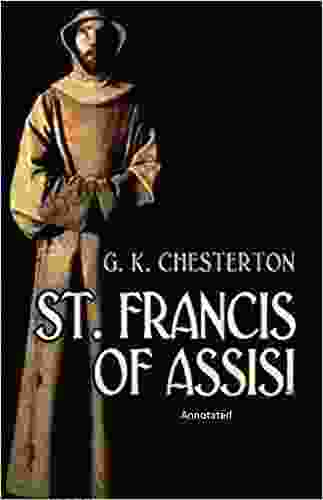
 Fernando PessoaDiscover the Inspiring Life of St. Francis of Assisi with our Annotated...
Fernando PessoaDiscover the Inspiring Life of St. Francis of Assisi with our Annotated... Jerry WardFollow ·5.9k
Jerry WardFollow ·5.9k Gilbert CoxFollow ·13.6k
Gilbert CoxFollow ·13.6k Harrison BlairFollow ·19.1k
Harrison BlairFollow ·19.1k Ralph Waldo EmersonFollow ·13.4k
Ralph Waldo EmersonFollow ·13.4k Clay PowellFollow ·5.2k
Clay PowellFollow ·5.2k Marvin HayesFollow ·18.4k
Marvin HayesFollow ·18.4k Christian CarterFollow ·4.7k
Christian CarterFollow ·4.7k Oscar BellFollow ·11.8k
Oscar BellFollow ·11.8k

 Henry James
Henry JamesCold War Fighter Pilot Story: A Captivating Tale of...
Enter the Cockpit of...

 Rudyard Kipling
Rudyard KiplingYour Body Your Baby Your Choices: The Essential Guide to...
Pregnancy and...

 Fabian Mitchell
Fabian MitchellMichelle Obama: An Intimate Portrait - A Must-Read for...
Michelle Obama is a prominent figure in...
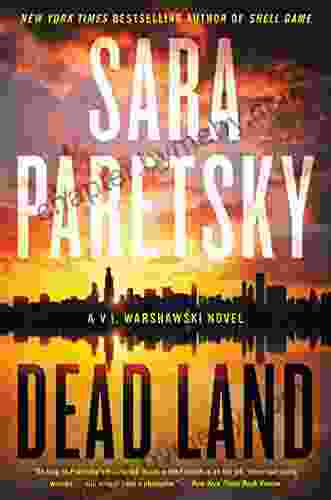
 Juan Butler
Juan ButlerUncover the Secrets of the Dead Land Warshawski Novels
Prepare to delve...
4.7 out of 5
| Language | : | English |
| File size | : | 1649 KB |
| Text-to-Speech | : | Enabled |
| Screen Reader | : | Supported |
| Enhanced typesetting | : | Enabled |
| Word Wise | : | Enabled |
| Print length | : | 215 pages |





